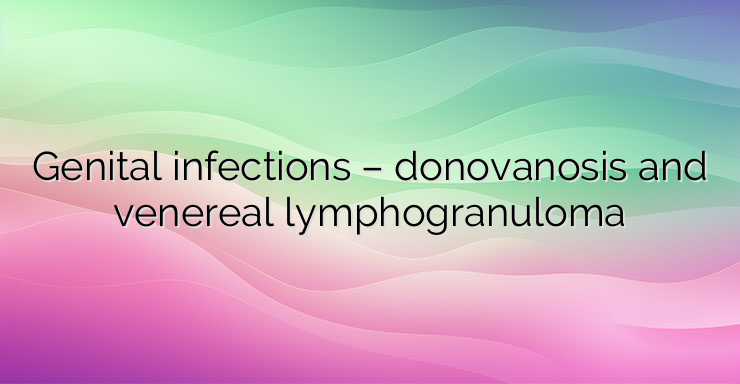Donovanosis: A Chronic Bacterial Disease
Donovanosis, also known as granuloma inguinale, is a chronic bacterial disease primarily transmitted through sexual contact and rarely through household contact. The causative agent, Donovania granulomatis, was first described in India in 1882. It’s often referred to as the “fifth venereal disease” and is most common in tropical countries. The pathogenesis involves the penetration of the causative agent through skin defects, leading to an inflammatory reaction in the dermis and hypodermis.
2. Clinic of Donovanosis
The incubation period of Donovanosis varies from 3 days to 3 months, with rare cases exhibiting an incubation period of several years. In women, the infection typically enters through the labia minora, perineum, and anus, while in men, it affects the head of the penis and foreskin. In rare instances, the mucous membrane of the nose and oral cavity can also serve as entry points.
The initial skin change is characterized by a raised nodule-like mass, which gradually evolves into a painless ulcer measuring 3-4 cm in size and displaying a bright red color. The ulcer releases a scanty serous-purulent secretion with an unpleasant odor and slowly enlarges in the periphery, potentially covering large areas of the skin.
The second stage of Donovanosis manifests after a variable period without complaints, featuring lymphadenopathy in the inguinal region, along with symptoms such as fever, fatigue, lack of appetite, and headache. In some cases, particularly in male homosexuals, the third stage may involve the large intestine, leading to proctitis. Tissue decay in the genital area can occur without changes in the size of regional lymph nodes or the patient’s general condition. Diagnosis is made through histological examination, and treatment involves antibiotics.
3. Lymphogranuloma Venereum (LGV)
Lymphogranuloma venereum is a sexually transmitted infectious disease characterized by lymph node enlargement. The causative agent is Chlamydia trachomatis, and it is widespread but particularly common in tropical countries. It’s also referred to as the “fourth venereal disease.”
The disease enters through damaged skin and mucous membranes of the urogenital tract. After initial multiplication of the causative agent within cells, it spreads via the lymphatic route to inflame lymph nodes.
4. Clinic of Lymphogranuloma Venereum
The incubation period of LGV ranges from 5 to 21 days and progresses through three stages:
- Initial stage: Small painful papules appear on the genitals, accompanied by urethritis and urination disturbances.
- Stage of painful lymphadenopathy: Abscessing foci covering the lymph nodes, most commonly on one side. The patient’s general condition is affected.
- Sclerotic stage: Occurs with strictures and fistulas, communication between abscessed lymph nodes and the skin’s surface or other organs.
Diagnosis is based on the clinical picture and cultural and histological examination. Treatment involves antibiotics for both partners, with a favorable prognosis when treated promptly. In chronic cases, there’s an association with anorectal carcinomas.


Leave a Reply